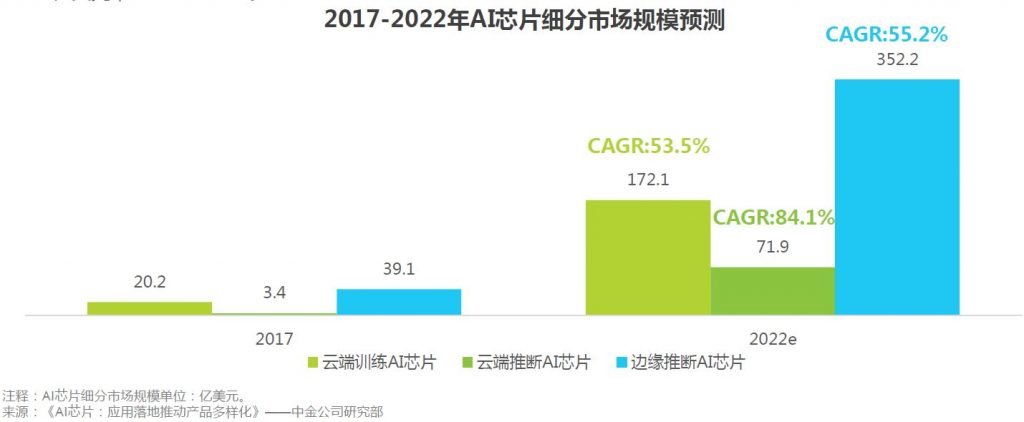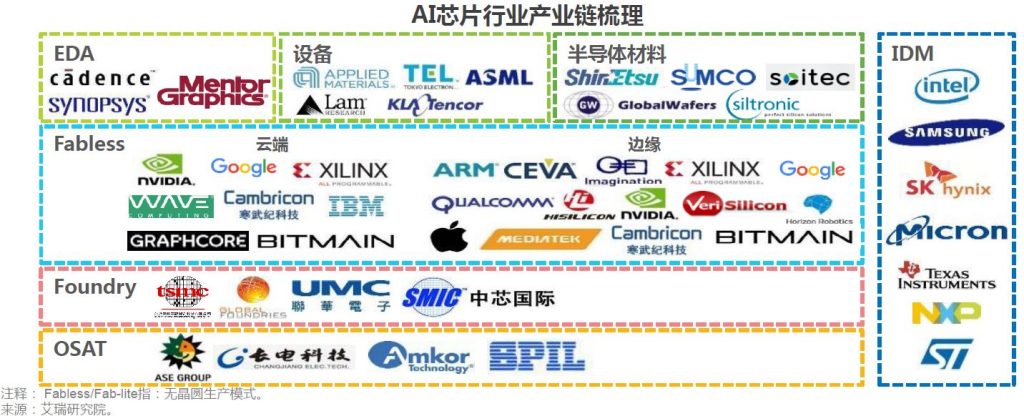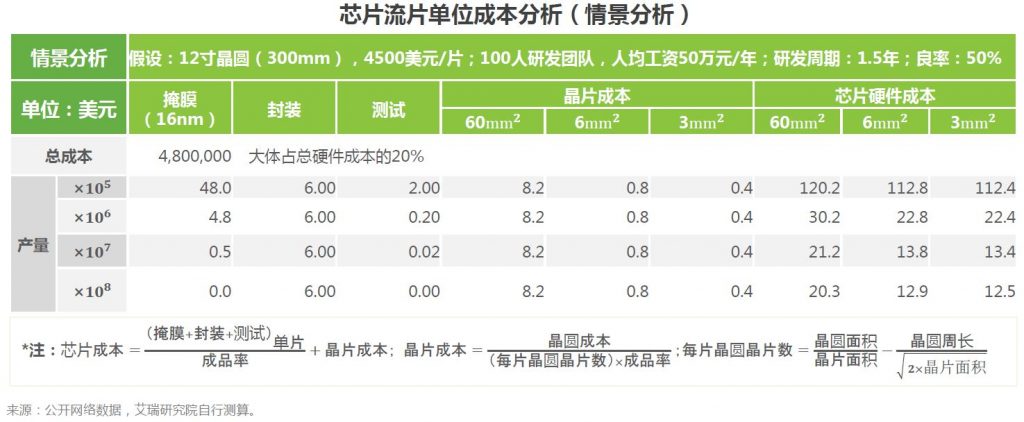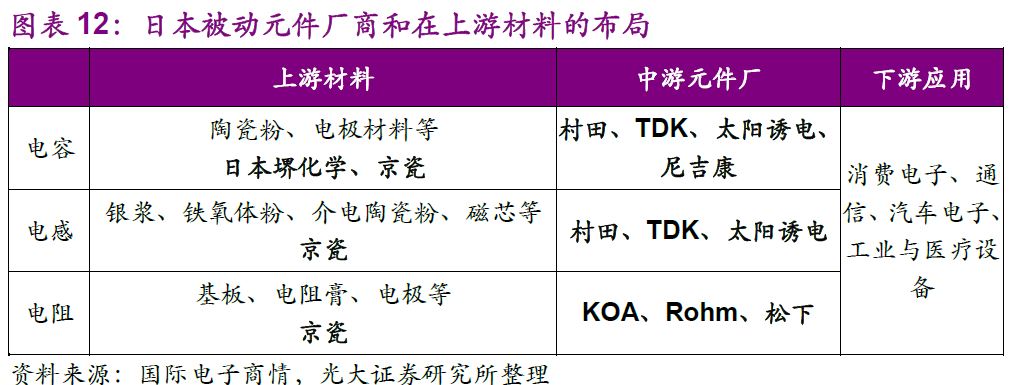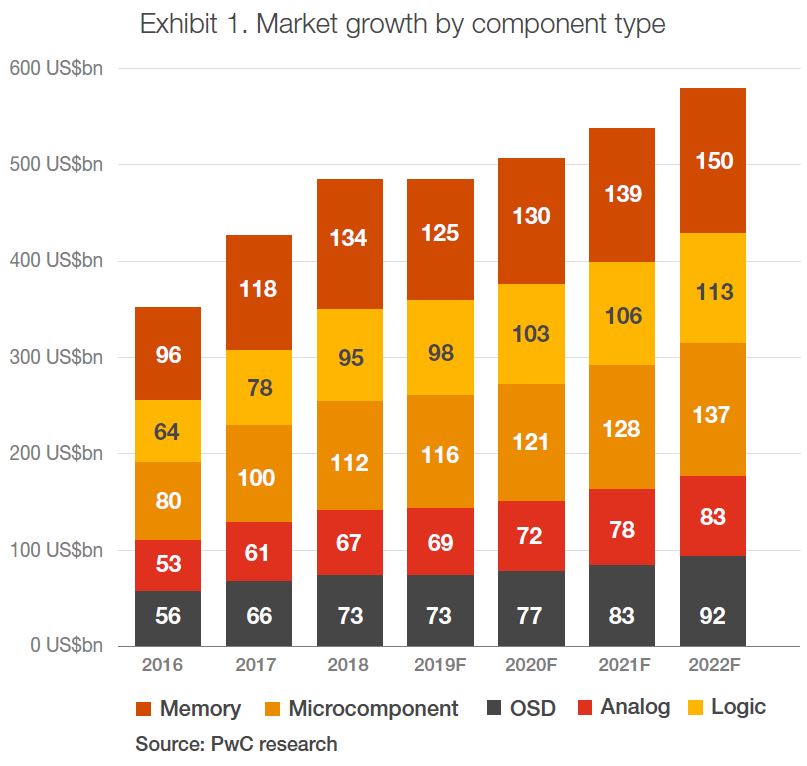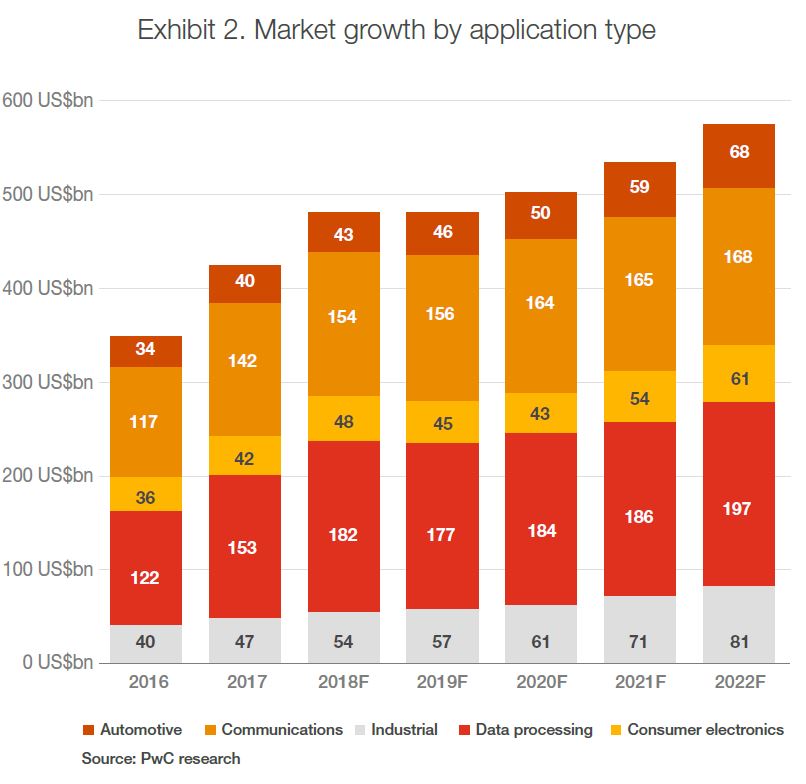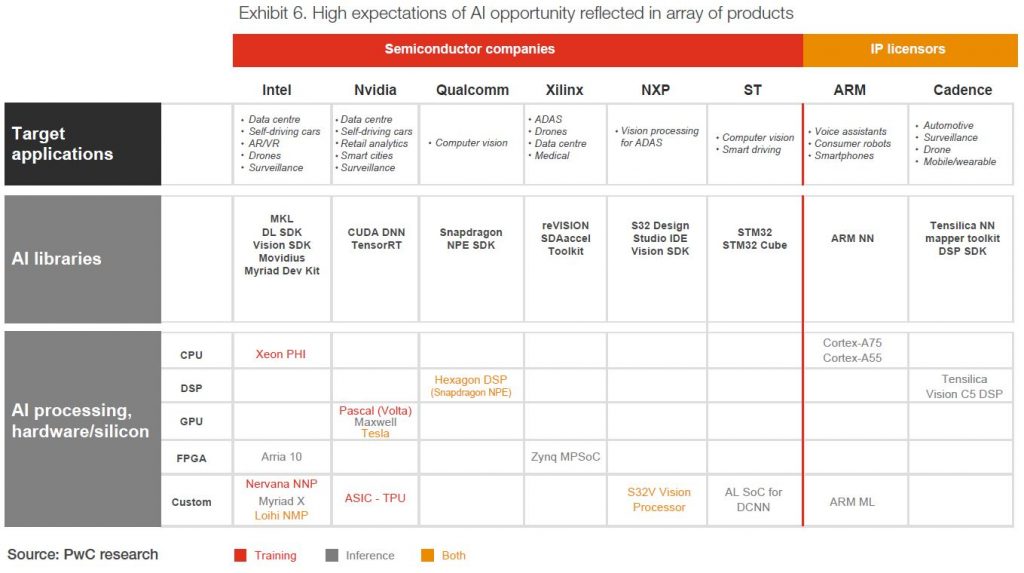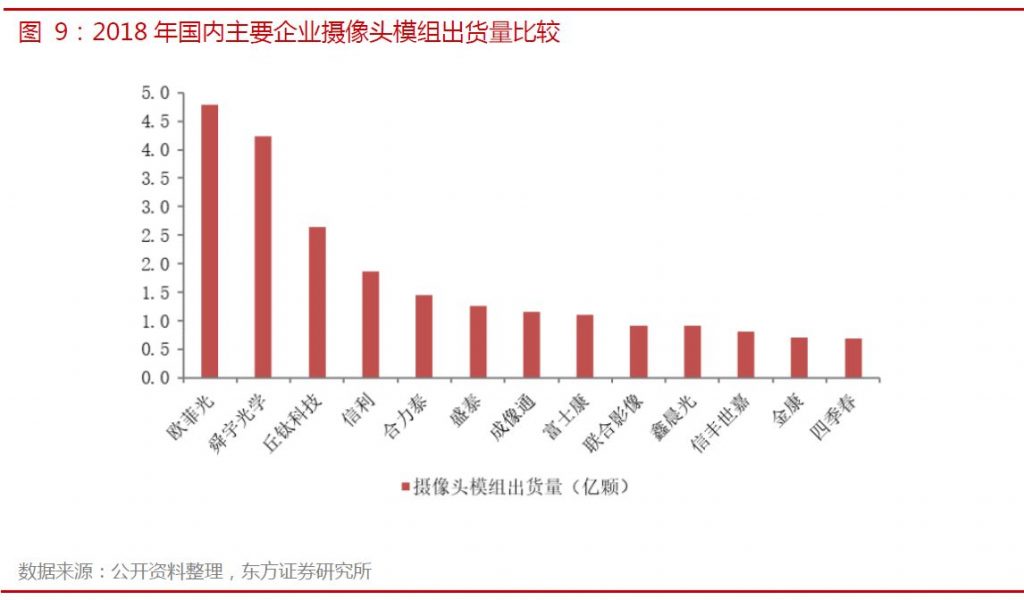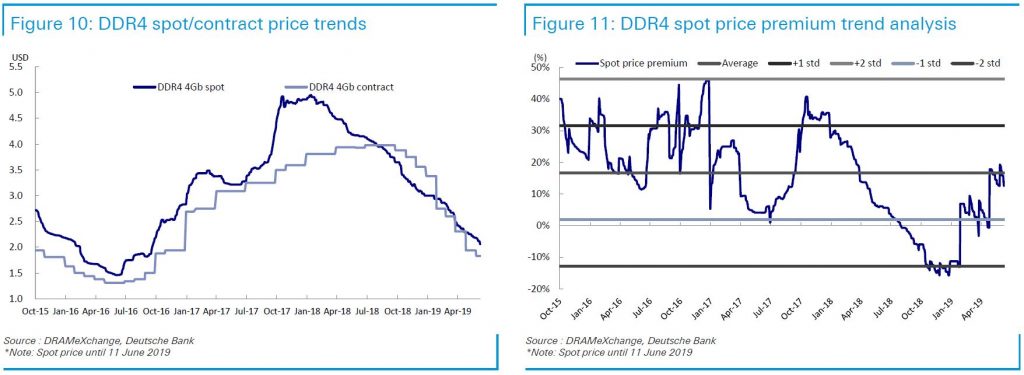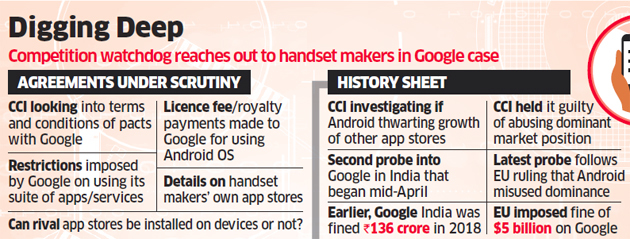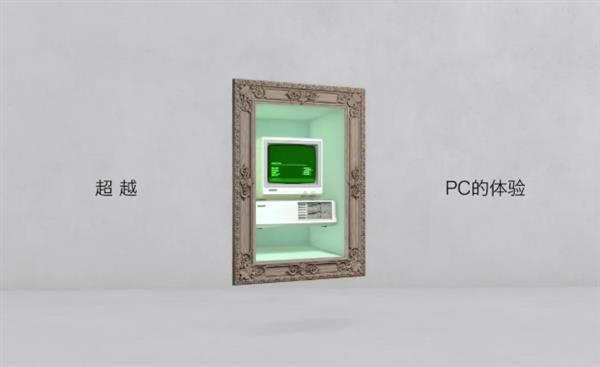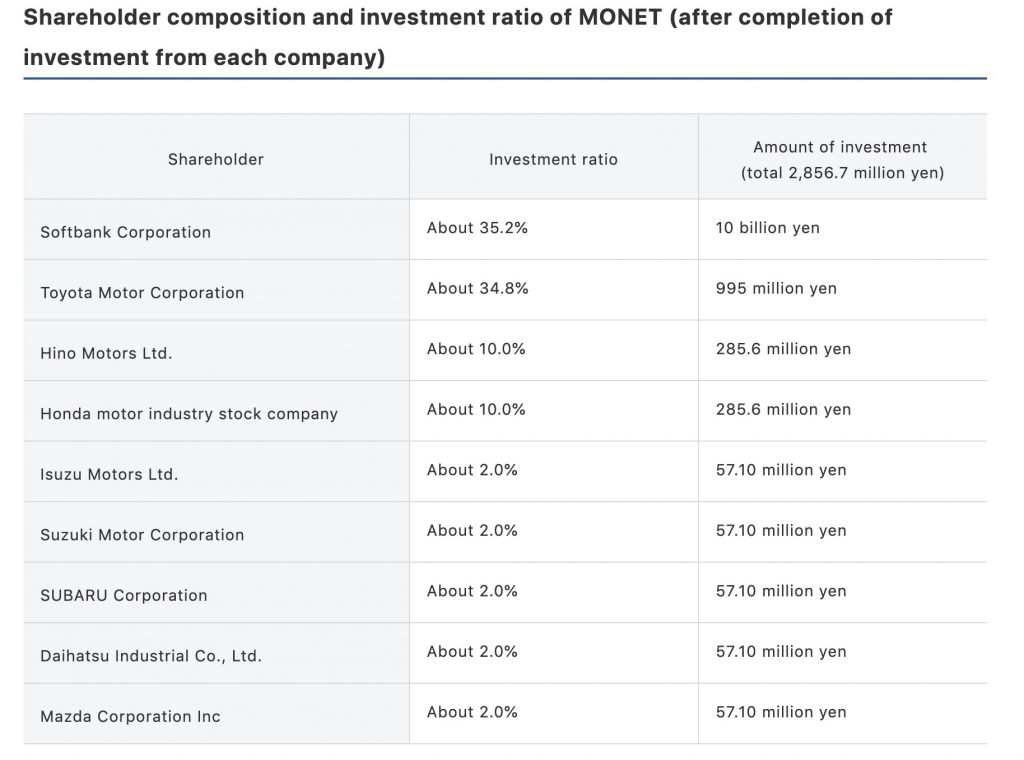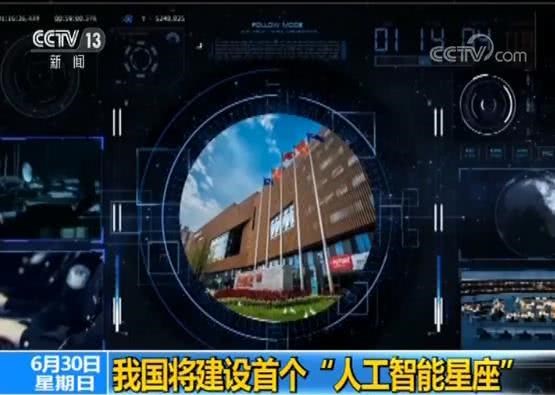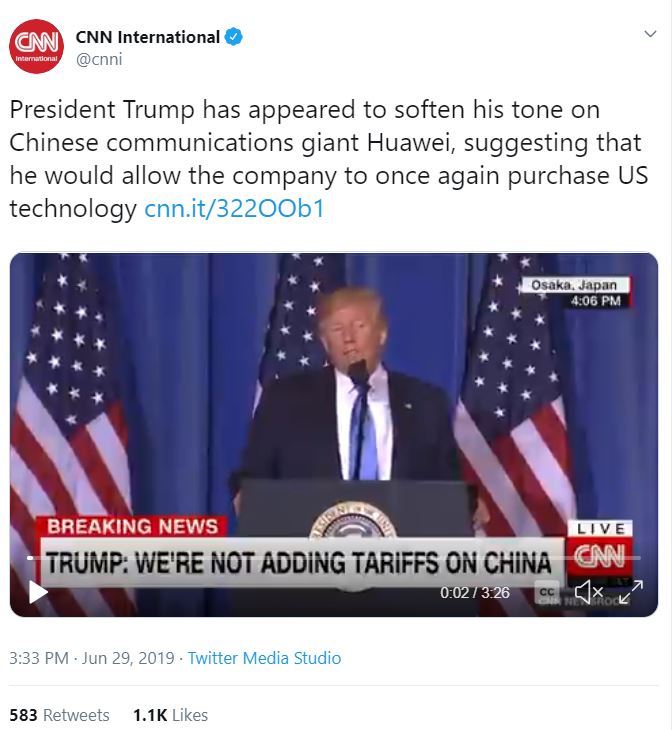
06-30: US President Donald Trump has appeared to soften his tone on Chinese communications giant Huawei; CCI deepens its probe into allegations of misuse of market share by the Android; etc.
Chipsets
According to CICC, in 2017, the overall AI chip market reached USD6.27B, including USD2.02B from cloud training AI chip, USD340M from cloud reasoning chip, and USD3.91B from edge computing AI chip; by 2022, the overall AI chip market size will reach USD59.62B, CAGR 57%, of which cloud training AI chip is USD17.21B, CAGR 53.5%, cloud inferred chip USD7.19B, CAGR 84.1%, edge computing AI chip USD35.22B, CAGR 55.2%. (iResearch report)
The semiconductor industry chain can be divided into: design software (EDA), equipment, materials (wafer and consumables), IC design, foundry, packaging, etc. from upstream to downstream. Fabless and IDM vendors are responsible for chip design work. IDM vendors refer to vendors that integrate design, manufacturing, packaging, and sales. They are generally technology giants. Fabless vendors are smaller than IDMs and generally only responsible for chip design. (iResearch report)
The chip unit hardware cost mainly includes mask, package, test and wafer cost, and is affected by many factors such as process technology, output, chip area and so on. iResearch briefly calculates the unit cost of chips with different yields and different areas under the 16nm process. It can be seen that the hardware cost of the chip unit gradually decreases with the increase of chip area and output. Therefore, whether a chip can gain widespread market recognition and have a long product life cycle, achieving scale sales and production of chip products significantly determines the company’s profit and loss situation. (iResearch report)
Although Japan’s consumer electronics, home appliances and other industries are hit by the United States, South Korea, and Taiwan in the 1990s, the electronic components industry is able to stand in an invincible position with strong technical barriers, forming leaders including Kyocera, Murata, Panasonic, Taiyo Industry, Yuden, TDK, Fujitsu, Hitachi, KOA, and Rohm. (Everbright Securities report)
According to PwC, Of the 7 types of components the industry produces, the memory chip component will continue to claim the largest market share through 2022, although its growth will likely turn negative in 2019 before picking up again in 2020. Sales of logic and microcomponent chips will continue to account for the next-largest portion of overall semiconductor revenues through the forecast period. (PwC report, PwC report)
The most commonly targeted applications of AI silicon are ADAS, drones, surveillance and computer vision. There is a wide variation in their choice of architectures, ranging from general-purpose CPU, DSP, GPU and FPGA to custom ASICs. As expected, most vendors’ choice of architectures for AI silicon is closely aligned with their core capability or area of strength. Xilinx’s Zynq MPSoC is a customisable variant of its FPGA product, for example, and most of Nvidia’s products are based on its core GP-GPU architecture. (PwC report, PwC report)
Camera
Leading domestic camera suppliers in the consumer electronics and other fields have also begun to enter the field of in-vehicle cameras, including listed companies such as Sunny Optical, O-Film and China Wafer Level CSP. From the assembly and shipment of camera modules including for all areas of consumer electronics and security monitoring, companies such as O-Film and Sunny Optical are ranked top, showing their strong competitiveness in the field of cameras. These companies will become powerful competitors. Among them, some of the products of Sunny Optical’s in-vehicle camera module have been mass-produced in 2018. (Orient Securities report)
Memory
According to Deutsche Bank, for DRAM, mobile demand appears to be better than expected at the Korean vendors, as Chinese smartphone OEMs like OPPO, vivo and Xiaomi are targeting to gain share from Huawei should the ban continue, while Korean vendors continue to supply Huawei (although this could drop markedly in 4Q19). For NAND, while 2Q19 pricing remains challenging, memory suppliers have already started seeing inventory levels coming down from the 1Q19 level of ~9 weeks and are expecting inventory to return to normal levels (3-4 weeks) exiting 2019. (Deutsche Bank report)
Connectivity
The Minister of Communications and Information in Singapore, Yi Huaren, has announced that the country will invest SGD40M (∼USD30M) to develop 5G. For the 5G option, Yi Huaren has said that he would not take a specific position on any supplier, which means that Singapore will not comply with the US requirements to exclude China’s Huawei from the 5G construction. (GizChina, My Drivers)
Phone
US President Donald Trump has appeared to soften his tone on Chinese communications giant Huawei, suggesting that he would allow the company to once again purchase US technology. (Neowin, CNN, Phone Arena, Android Headlines, Business Insider, VOA Chinese)
The investigation wing of the Competition Commission of India (CCI) has sought details of agreements between smartphone makers and Google or its group companies as the anti-trust regulator deepens its probe into allegations of misuse of market share by the Android operating system (OS). This follows the European Union having fined Google over abuse of Android’s market dominance in 2018. (CN Beta, Live-Mint, Economic Times, India Times)
Beijing-based Jide Technology production director Tang Weihong has explained ARM-Linux application compatibility technology, showcasing JideOS X. The main feature of the dual-desktop OS is that it does not require restart or reboot to change between Linux and Android OS. (My Drivers, CN Beta)
Consumers in the U.S. are keeping their smartphones longer. According to NPD Connected Intelligence, 25% smartphone owners held onto their last device for more than 3 years before upgrading, up from 18% two years prior (2H18 vs. 2H16). When asked how long they have had their current device, 29% reported 2 years or longer, indicating that the majority of consumers may have another year or two before considering an upgrade. (CN Beta, NPD, Sina)
Automotive
MONET Technologies, a joint venture launched by Softbank and Toyota to provide on-demand mobility services eventually with an autonomous module bus, has five new partners. Five Japanese automakers including Isuzu Motors, Suzuki Motor, Subaru, Daihatsu and Mazda will each invest 2% in the venture. Softbank and Toyota each own 35% of the company. Honda and Toyota’s truck-making unit Hino each have 10% ownership. (TechCrunch, Reuters, Engadget CN)
The average age of light vehicles in operation (VIO) in the U.S. has risen again this year to 11.8 years, according to IHS Markit. This acceleration of average age can easily be seen when looking across the last 17 years. From 2002-2007, the average age of light vehicles in the U.S. increased by 3.5%. From 2008-2013, however, the increase was 12.2%. (IHS Markit, CN Beta, CNET)
Artificial Intelligence
China will build the first “Artificial Intelligence Constellation”. The constellation will consist of 192 satellites. The satellite is equipped with an intelligent brain system, which can greatly improve the data processing capability of the satellite and will promote the intelligent and commercial development of the Chinese satellite data industry. The AI constellation will adopt a hybrid layout design of remote sensing satellites with various resolutions of 5m, 1m and 0.5m. (CN Beta, Sina)
